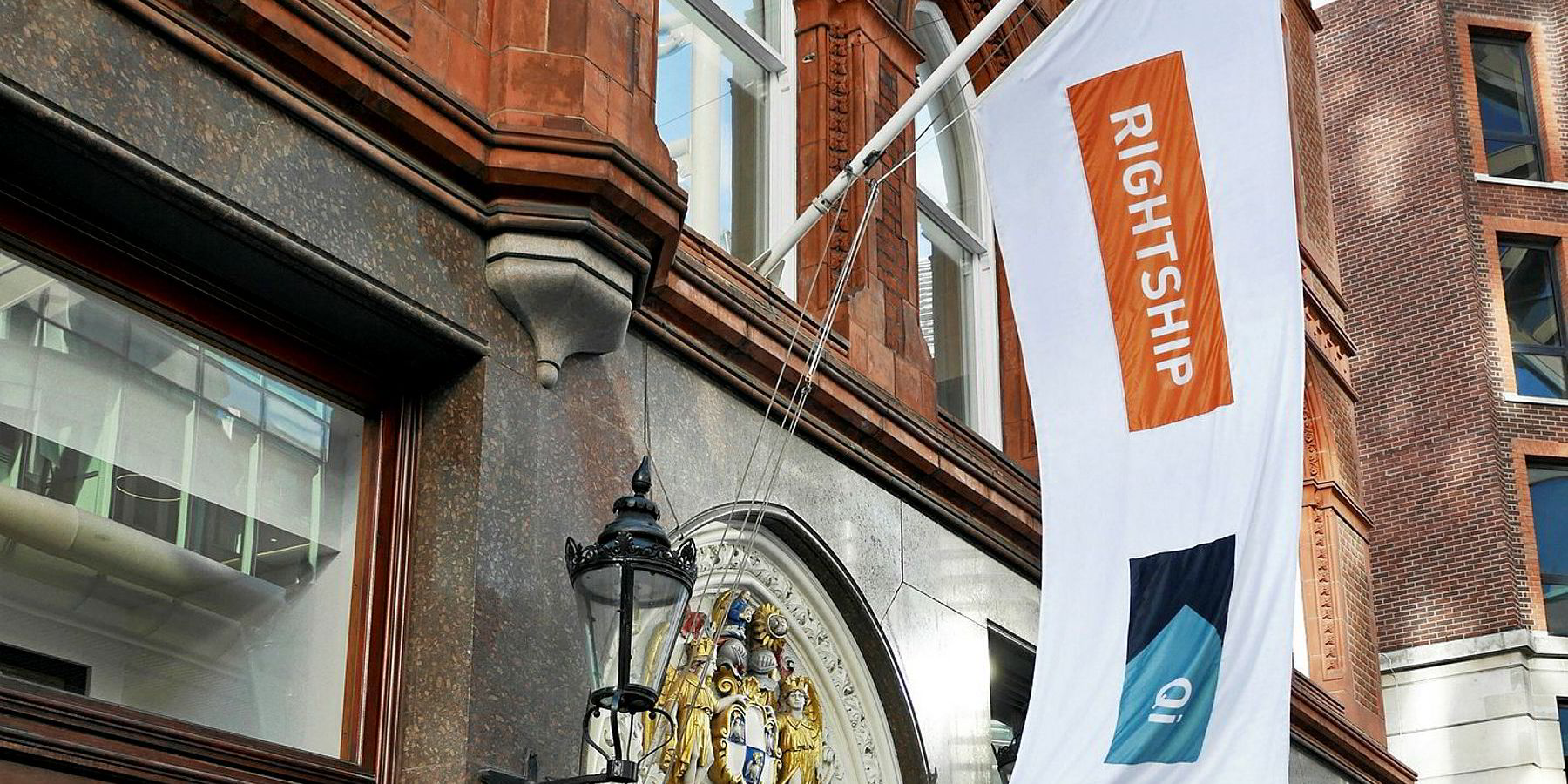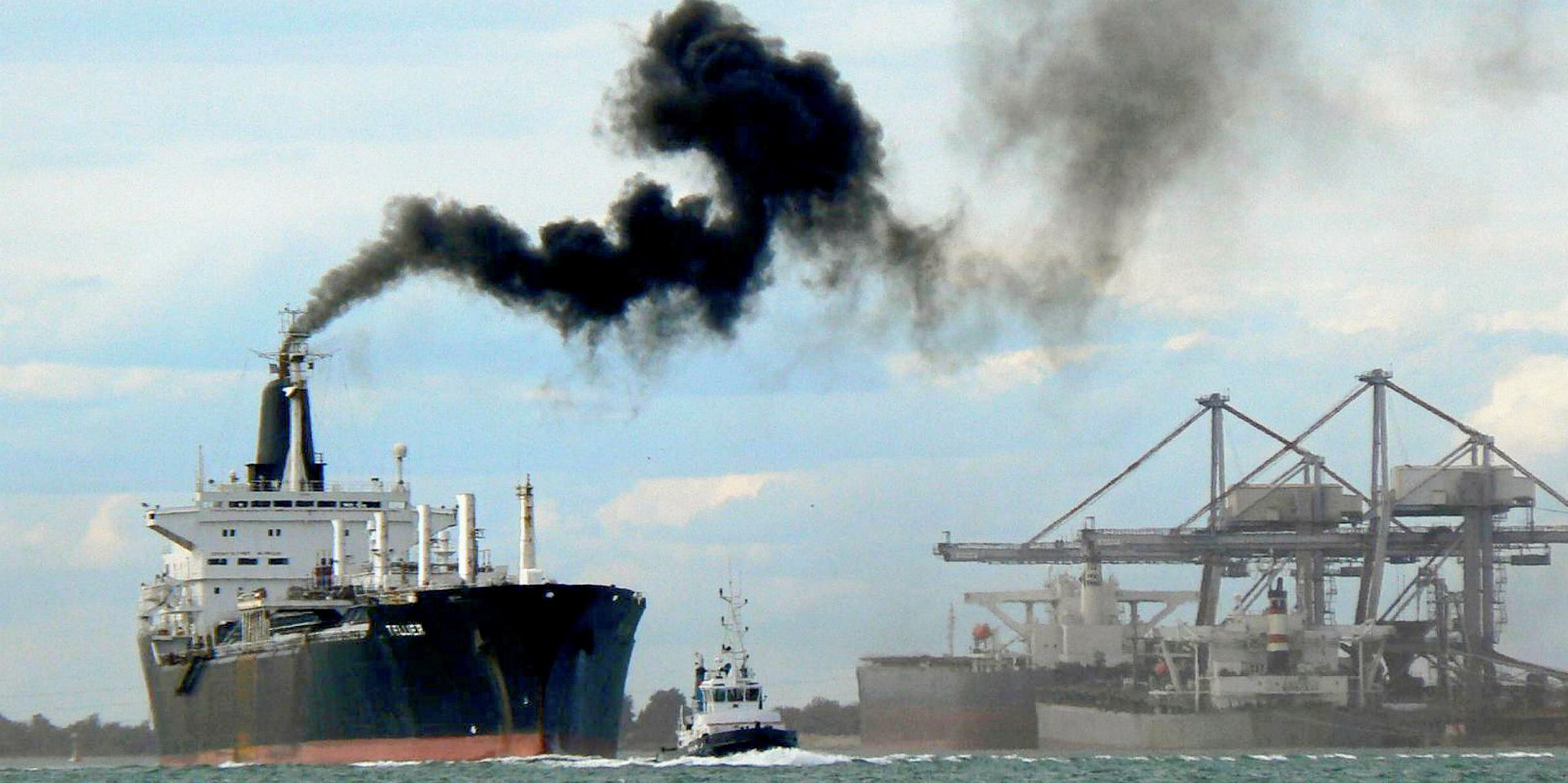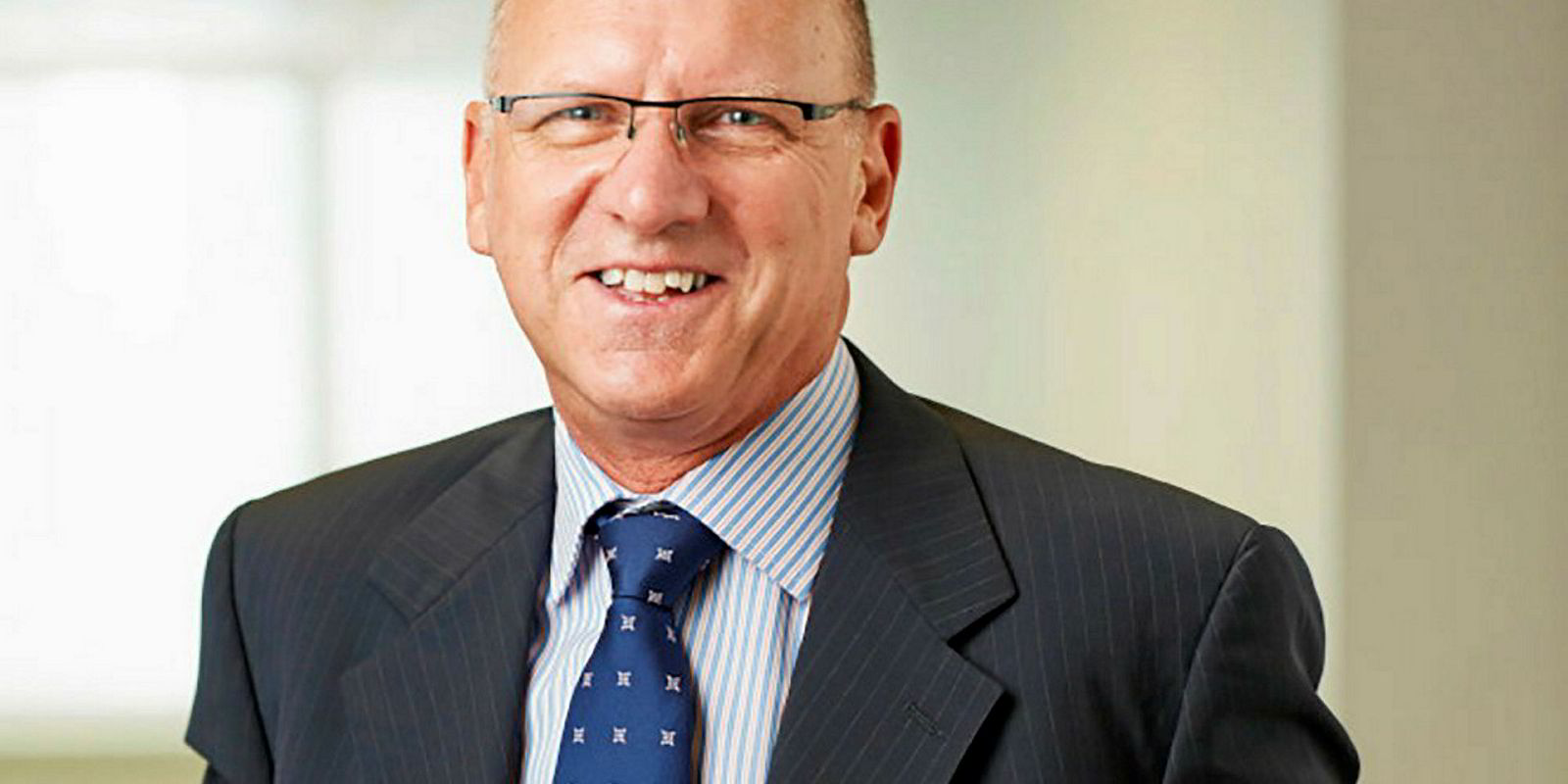Martin Crawford-Brunt became chief executive at RightShip 10 months ago, when its controversial risk rating model, Qi, was experiencing teething problems and generating a tide of complaints.
In a new approach to ship safety rating, Qi used a combination of complex algorithms, big data and a physical inspection that categorised ships in terms of their likelihood of having an accident in the next 12 months.
Owners complained that the algorithms sometimes re-rated their ships negatively and said they lost business from charterers because of it. They also criticised RightShip for a lack of transparency.
RightShip, which had long been associated with improving safety standards in the industry, suddenly found itself the butt of criticism from shipowners.
It was a difficult time for Crawford-Brunt to take on the role, but the former DNV GL executive decided to grab the bull by the horns and ask users directly about their issues with the product and RightShip’s service.
“The survey was very useful to me coming into the position, when what I needed to understand was the scale and totality of the sentiment, not just the loudest voice in the room,” he told TradeWinds at his London office.
To speed up the organisation’s response to shipowners’ issues, he changed the management structure to let regional offices address these issues directly rather than going through Melbourne headquarters first.
He describes Qi as a “cutting-edge” forecasting model and admits there were always going to be hiccups because of the scale of its ambition. But he said the system has been upgraded.

“What we’ve managed to do is to improve the stability and refine the rankings. With more data points and time, it has become easier to tune, and as we retrain the model, it will get better and better,” he added.
“I don’t think it’s something we could ever say is complete, because predicting the future is flawed — you can’t aim for perfection, but you can aim for improvement.”
Crawford-Brunt said Qi’s algorithm is dynamic. It changes its risk rating according to changes in the market and places greater emphasis on certain risk factors when there are no material changes to the ship or its casualty record.
But he believes it is wrong to become fixated on the risk rating, and maintains that RightShip can help build a better relationship between shipowner and charterer on safety issues.
“We can be part of facilitating an owner’s relationship with a charterer, as long as we are given a system to take things to take back to the charterer on behalf of the owner to say, ‘Here is somebody who understands the risk and has put the process and procedures in place to address that’,” Crawford-Brunt added.
“Then, as a result, we can recommend the ship for business, and that can be independent of the risk rating.”
Team of former mariners
The RightShip team are all former mariners whose aim is to help owners meet the safety requirement of charterers, he said.
“These guys all come from an operating background. They have sailed at sea and the starting position is to try to help, but the owner also has to do its side to help themselves.”
Qi is identifying emerging safety areas and RightShip can help highlight issues in a similar way as port state control has concentrated inspection campaigns.
The company is currently highlighting fuel quality and poor machinery maintenance and emergency preparedness.






